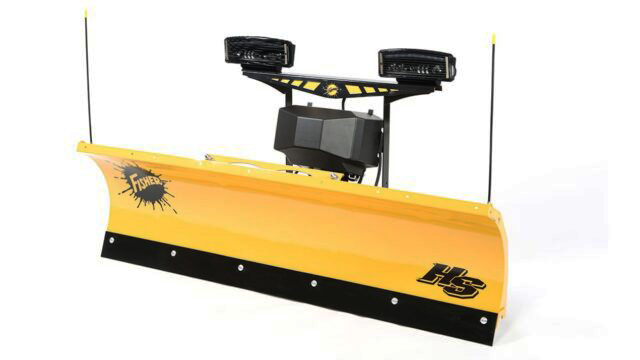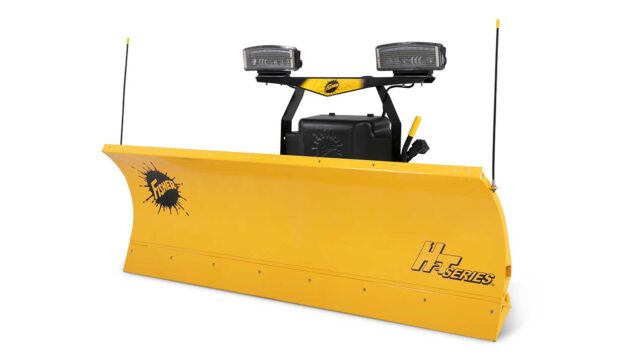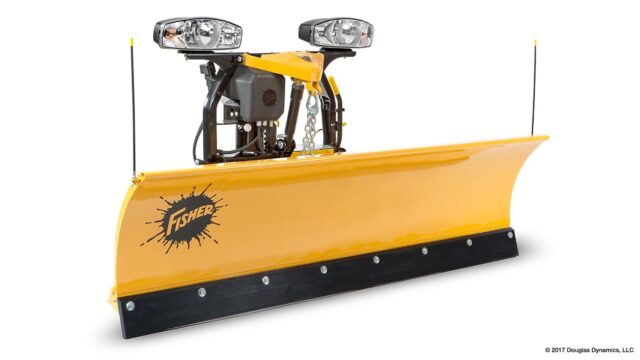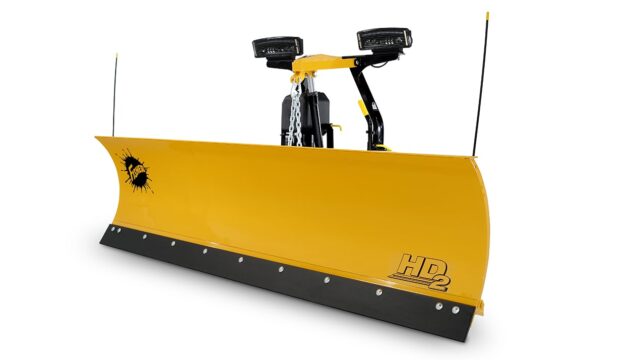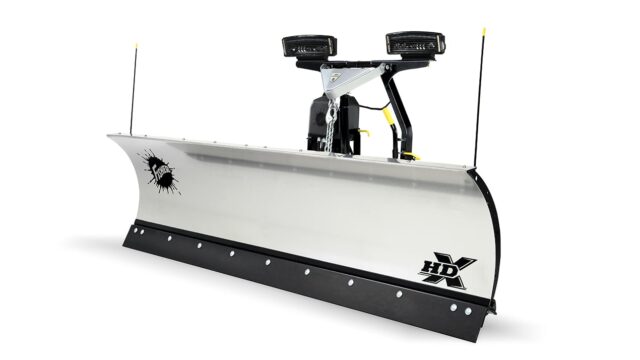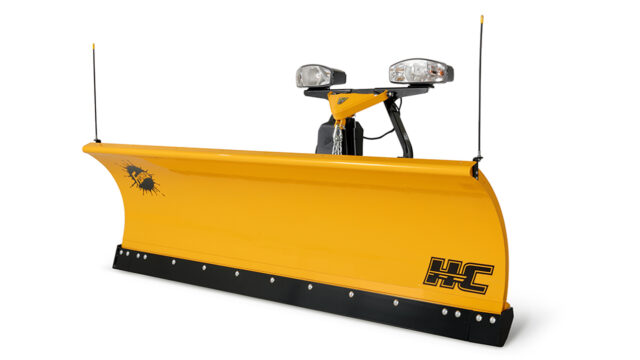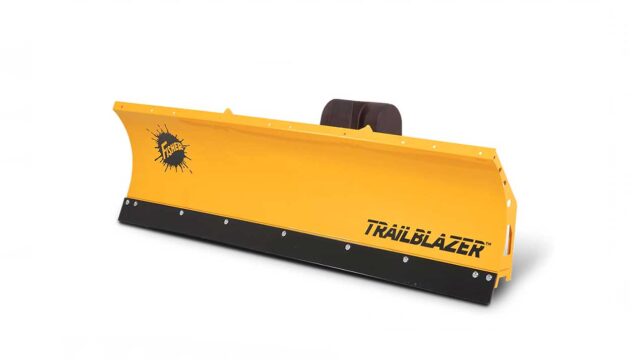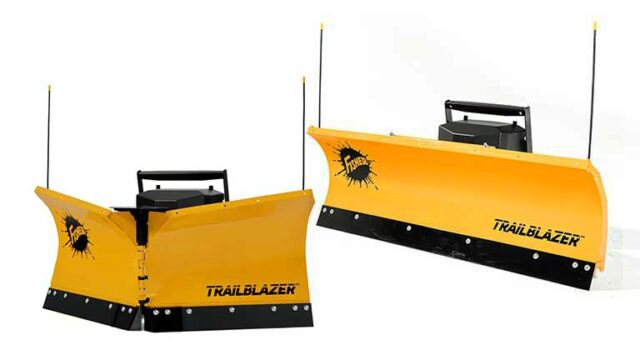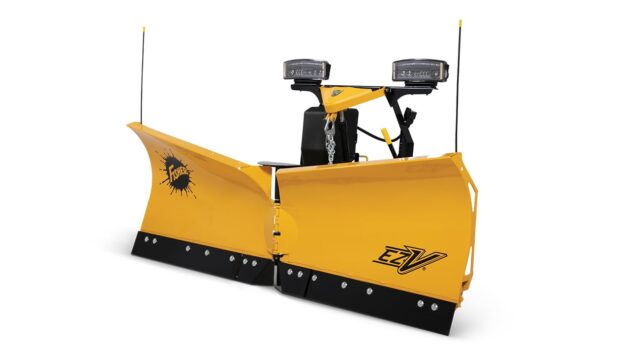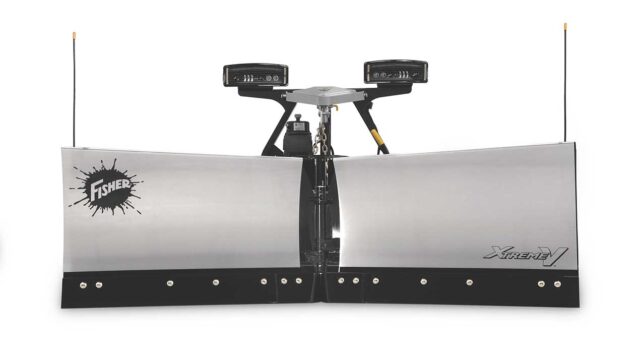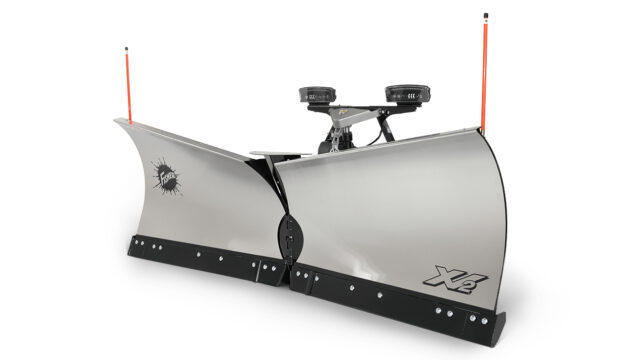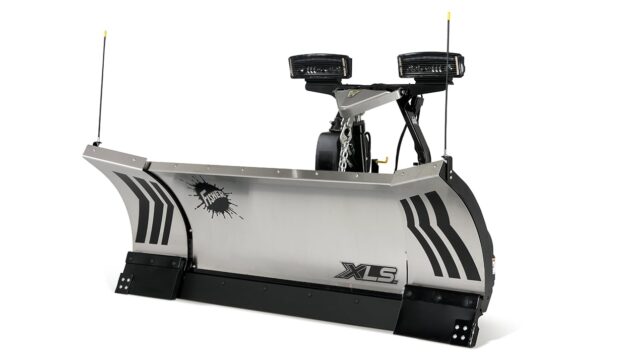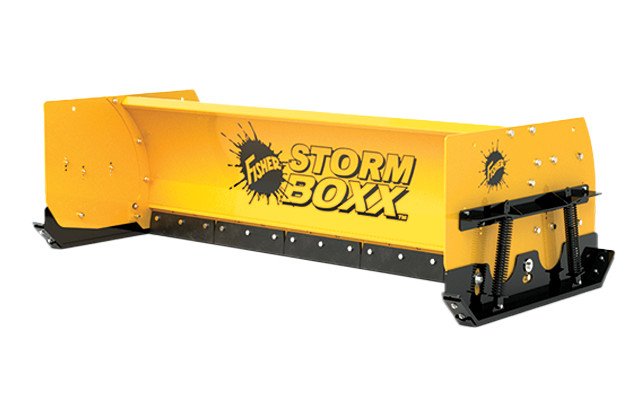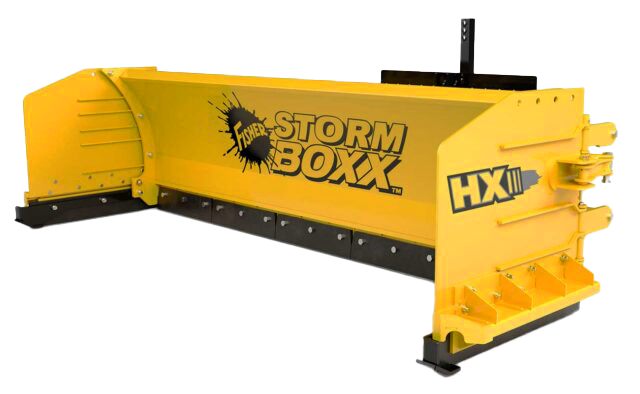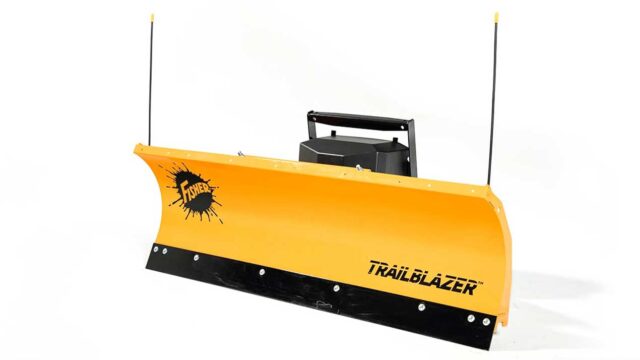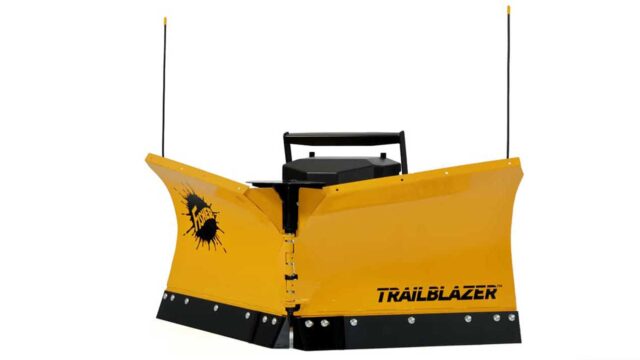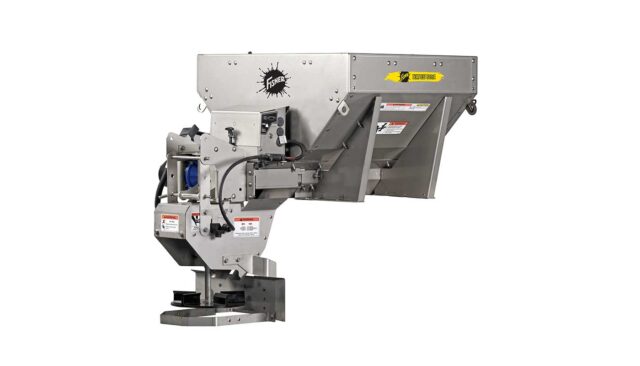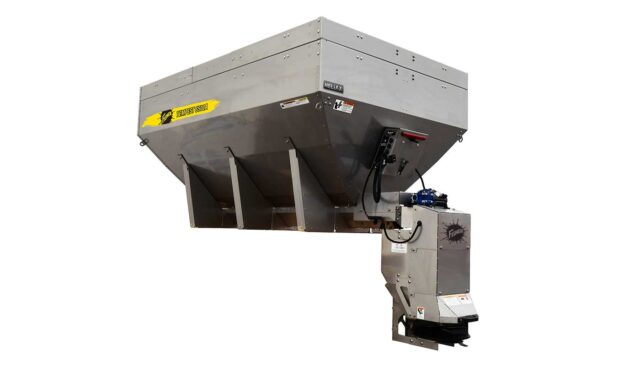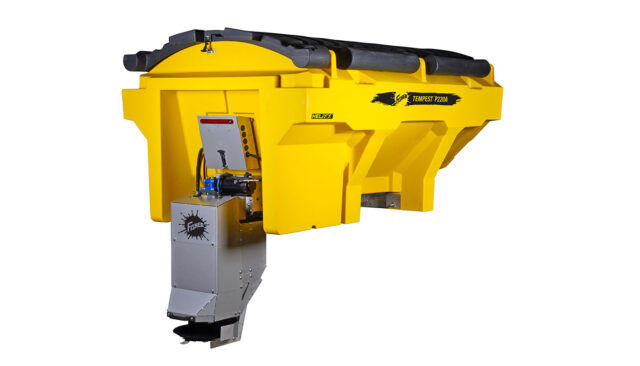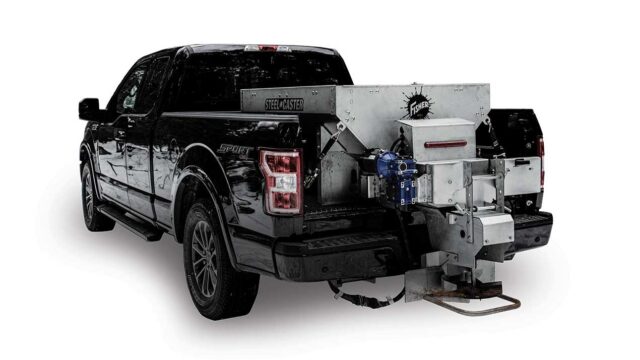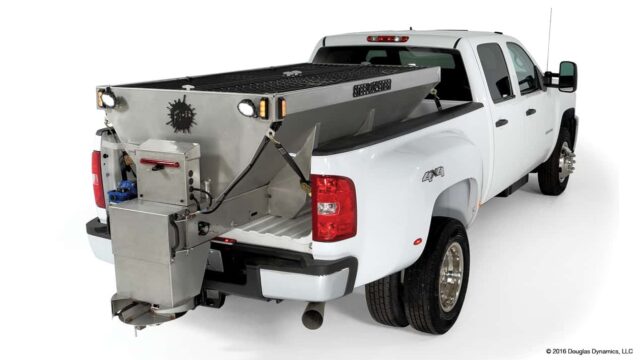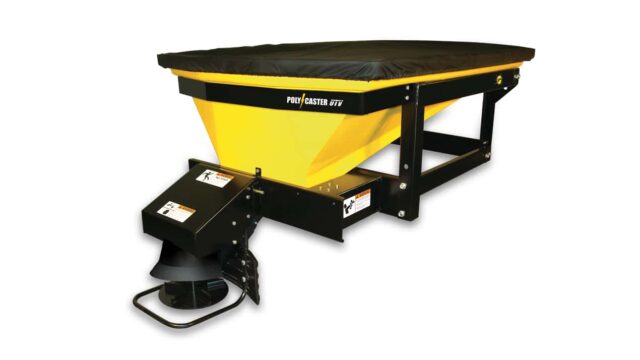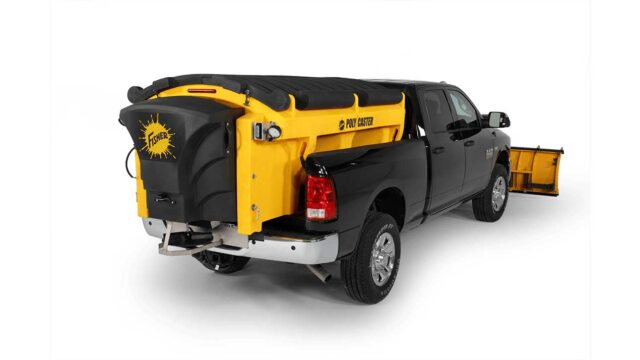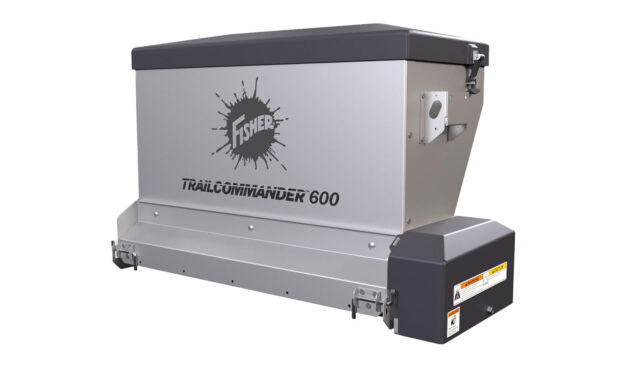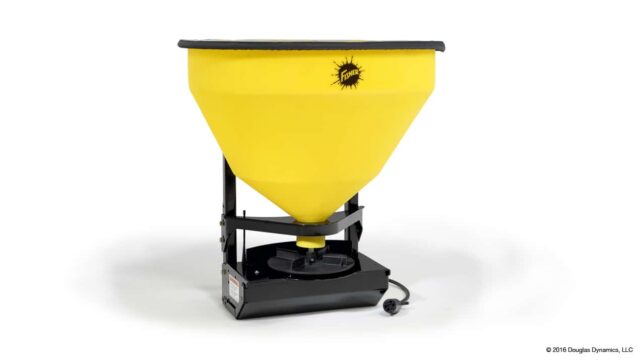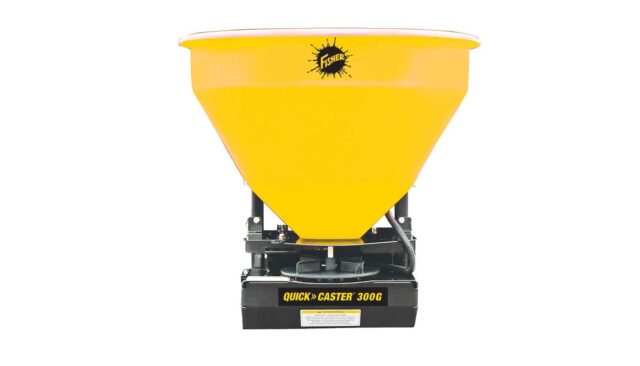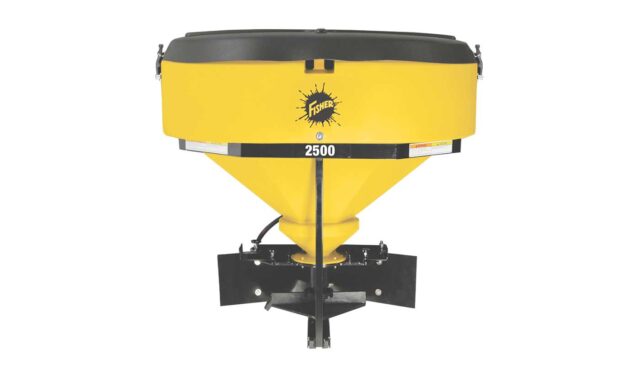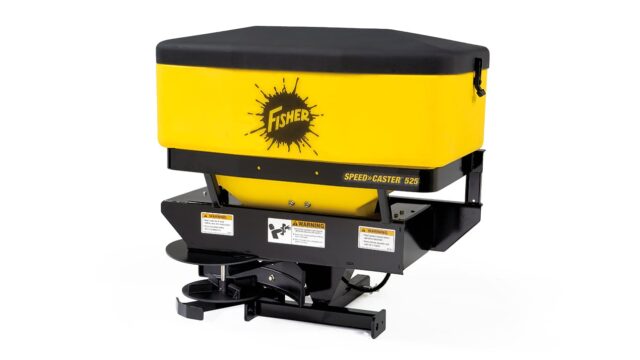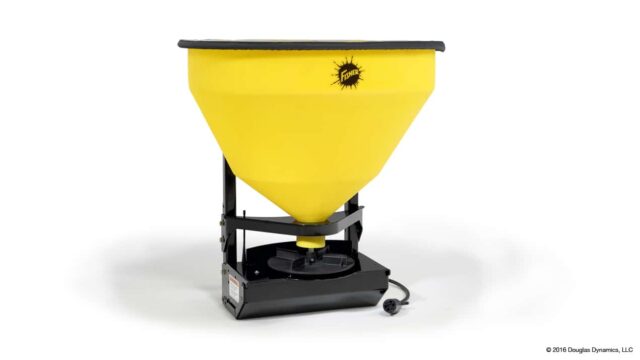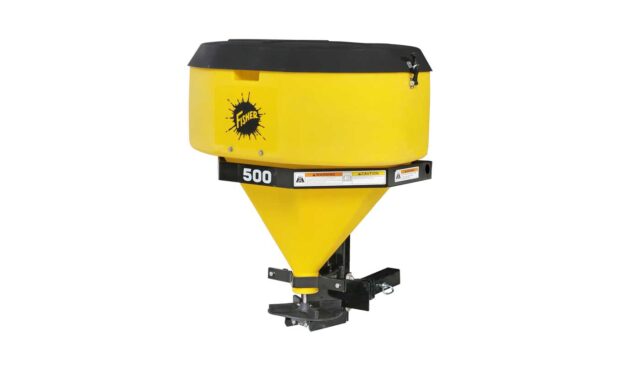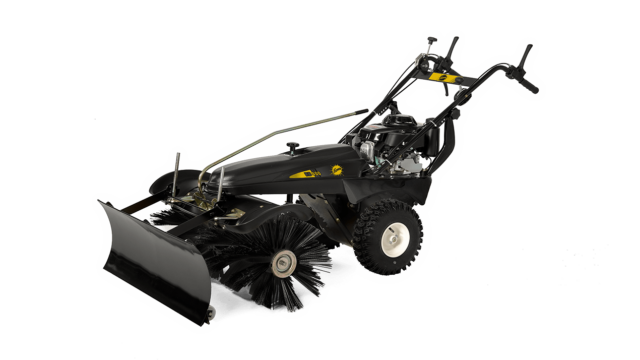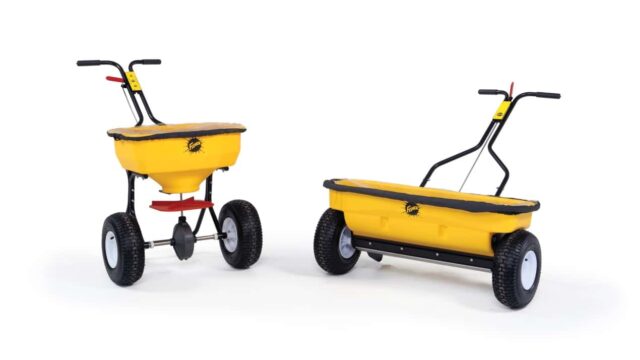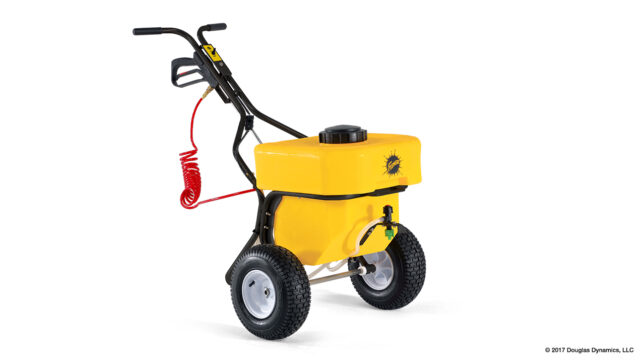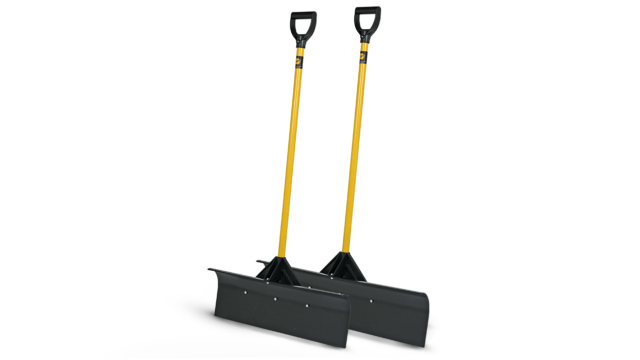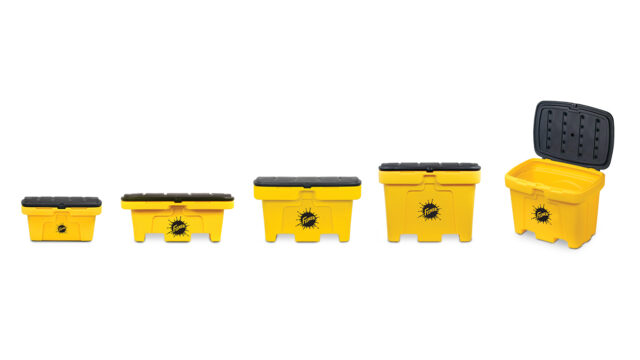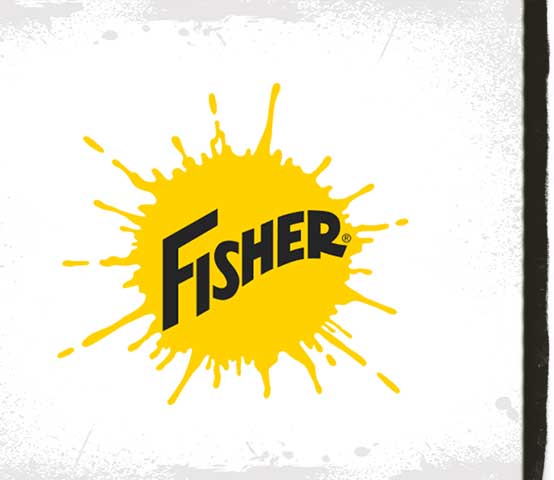Resource Articles Category: Snow Plow Tips
BRING YOUR PLOW TO WORK DAY [VIDEO]
Created February 13, 2025
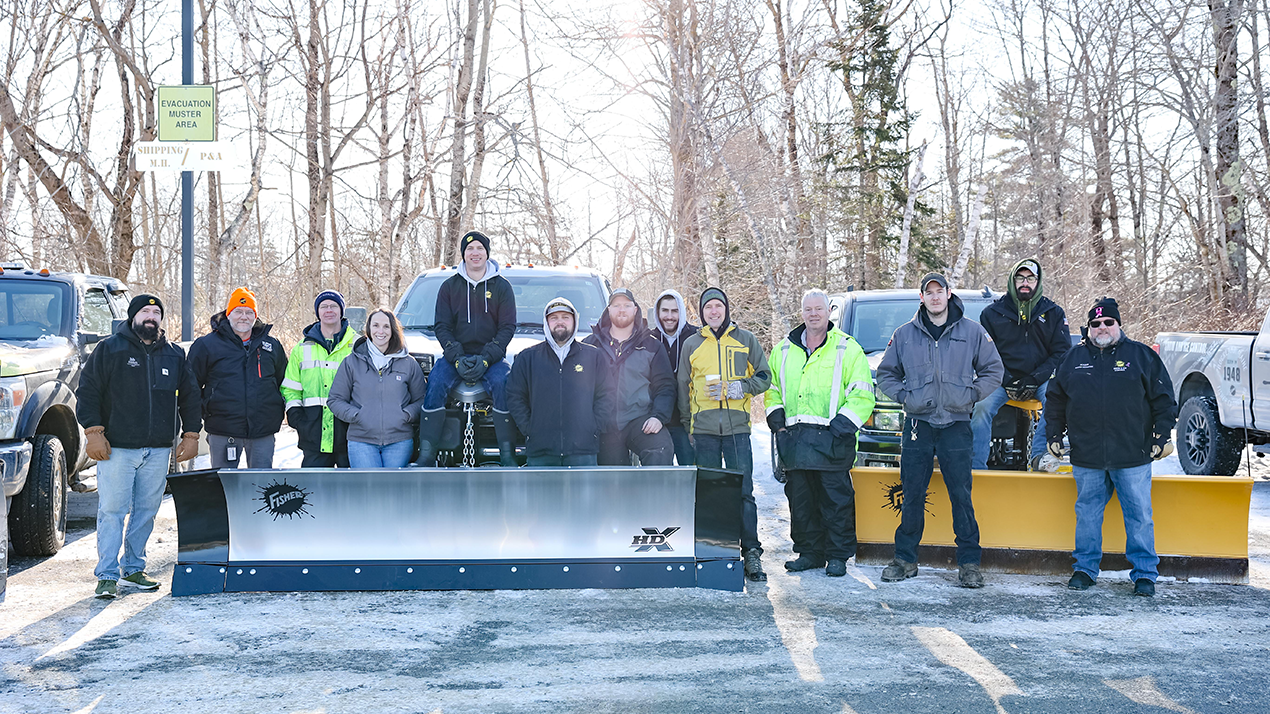
In January, our Rockland, Maine facility hosted an exciting event: ‘Bring Your Plow to Work Day.’ This special occasion invited employees to bring their plow and spreader setups to work, offering them a chance to be featured on FISHER’s social media channels.
The atmosphere was lively as team members took turns showcasing their equipment. Each participant had a moment in the spotlight, sharing their stories and the unique aspects of their setups. It was awesome to see all the workers from all different departments at FISHER bring in their unique setups.
At FISHER, our team doesn’t just build plows – we live and breathe the work that makes them reliable, durable, and ready for anything. We’re celebrating the people who power what we do, from the manufacturing floor to the front lines of winter.
This is Bring Your Plow to Work Day, but really, it’s about the folks who make it all happen. Don’t miss out on seeing this series roll out on our social channels throughout the upcoming months including Facebook, Instagram, and LinkedIn.
Watch the parade of plows!
See photos from the event below!
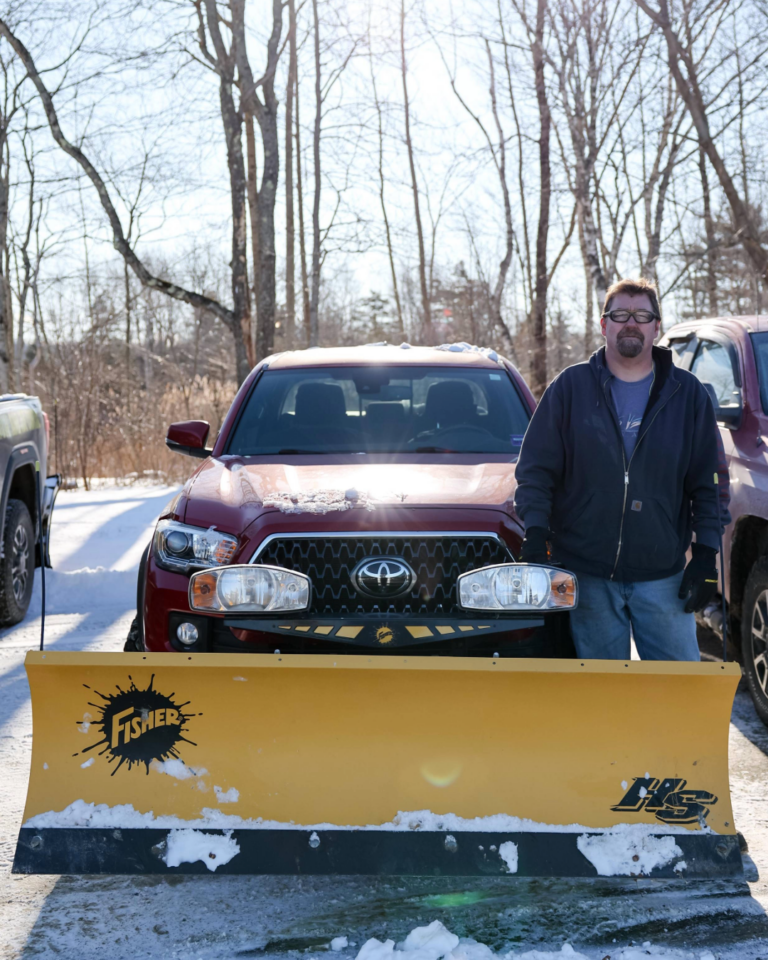
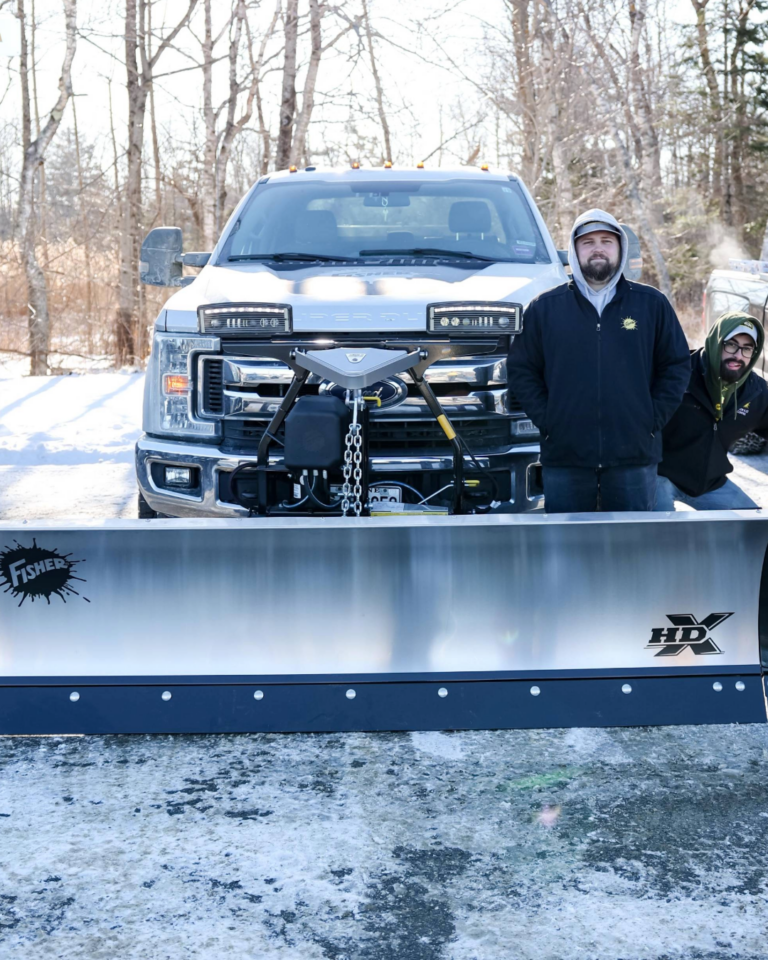
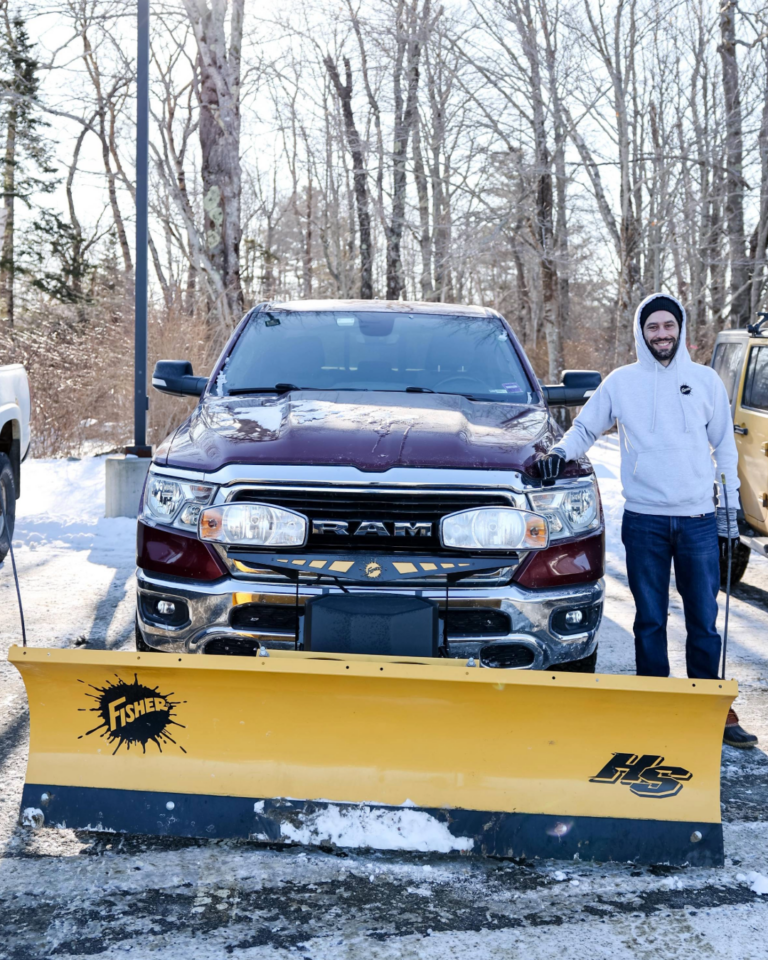
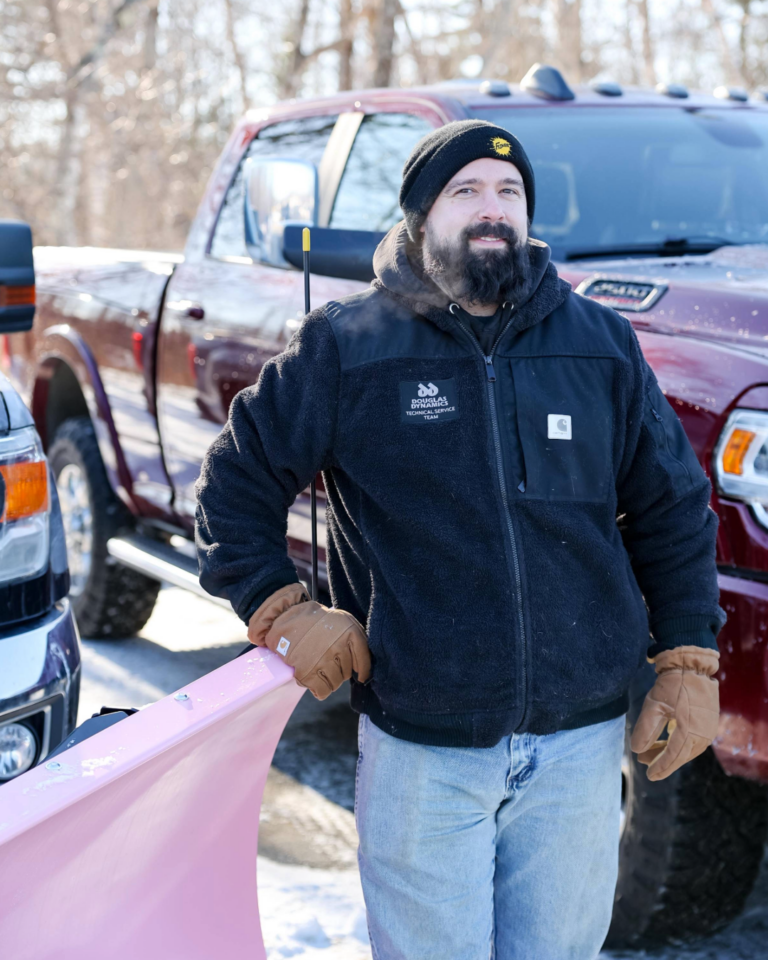
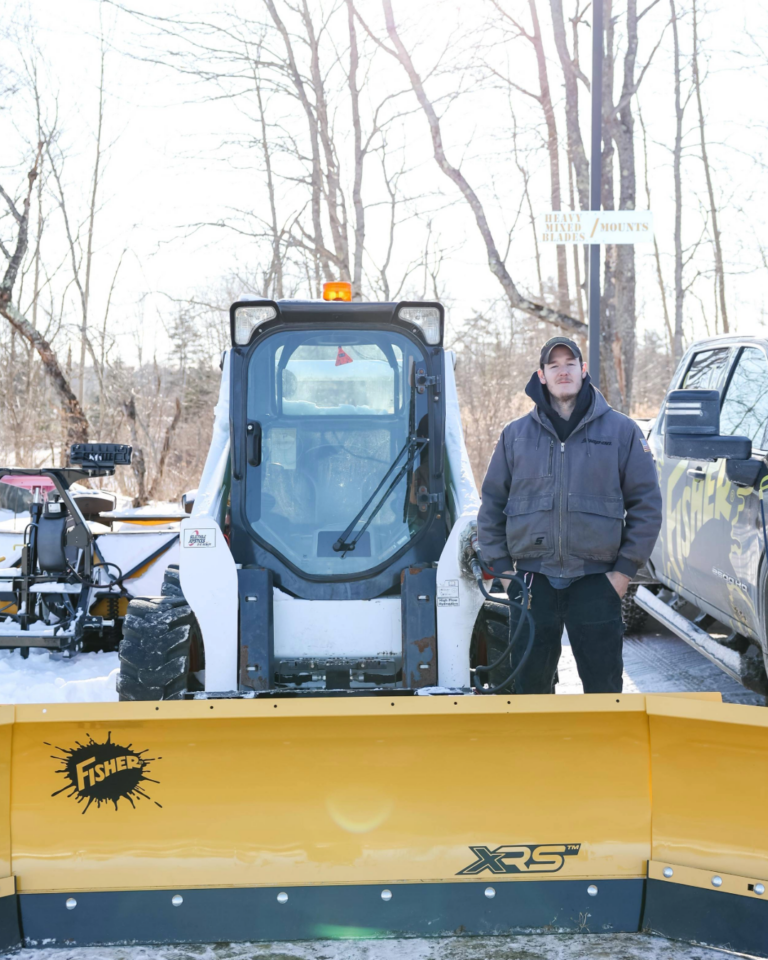
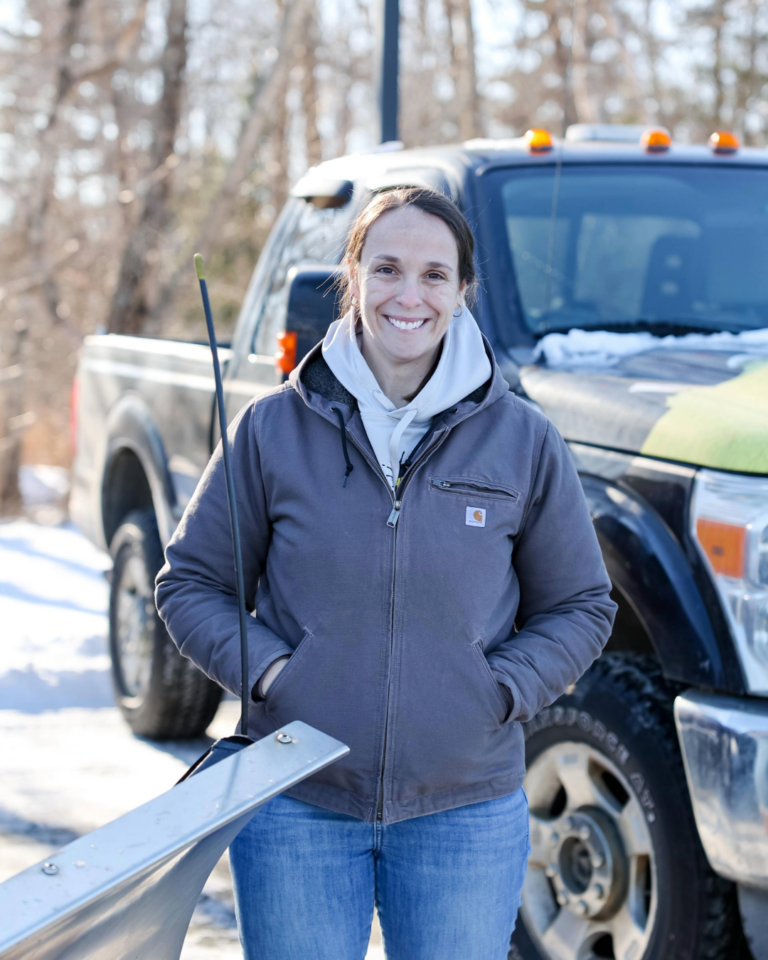
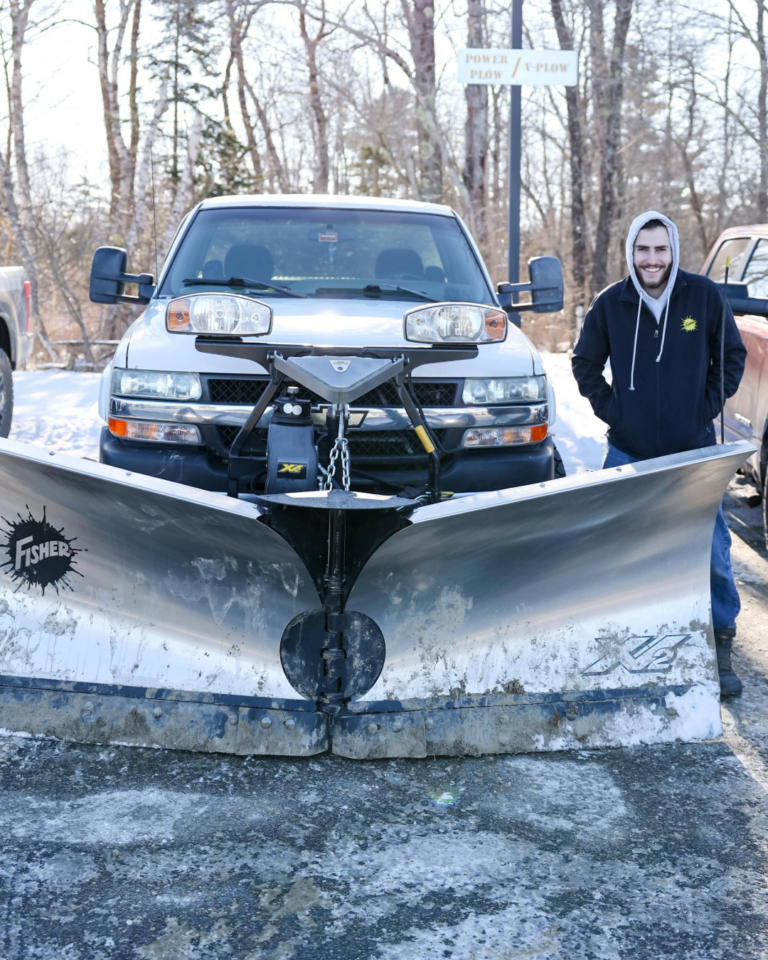
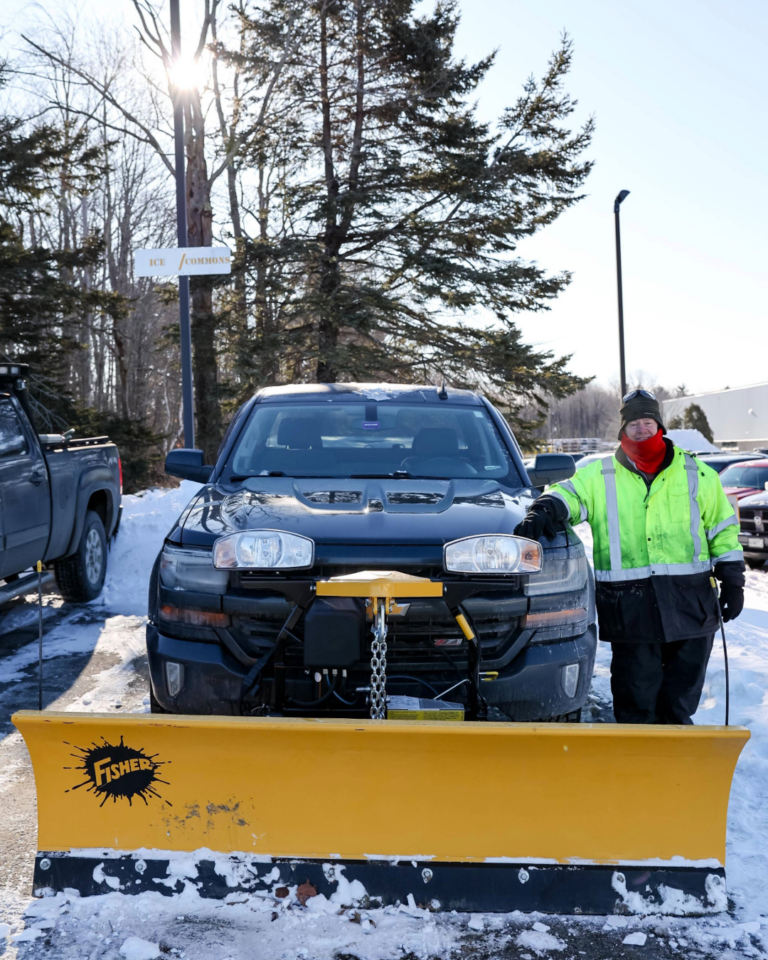
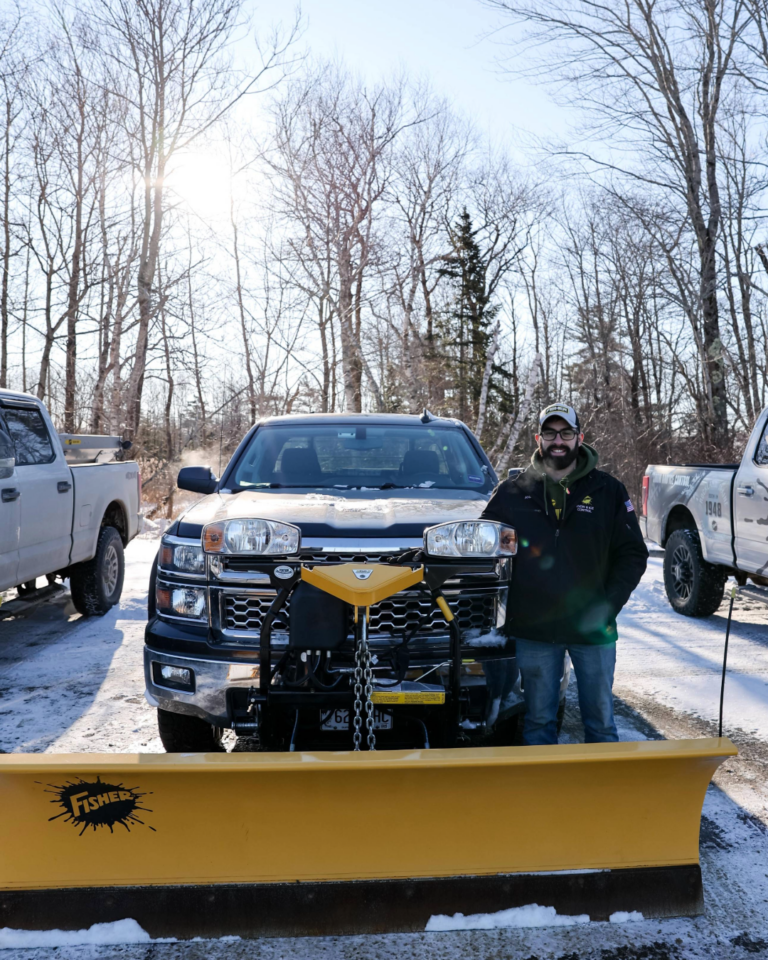
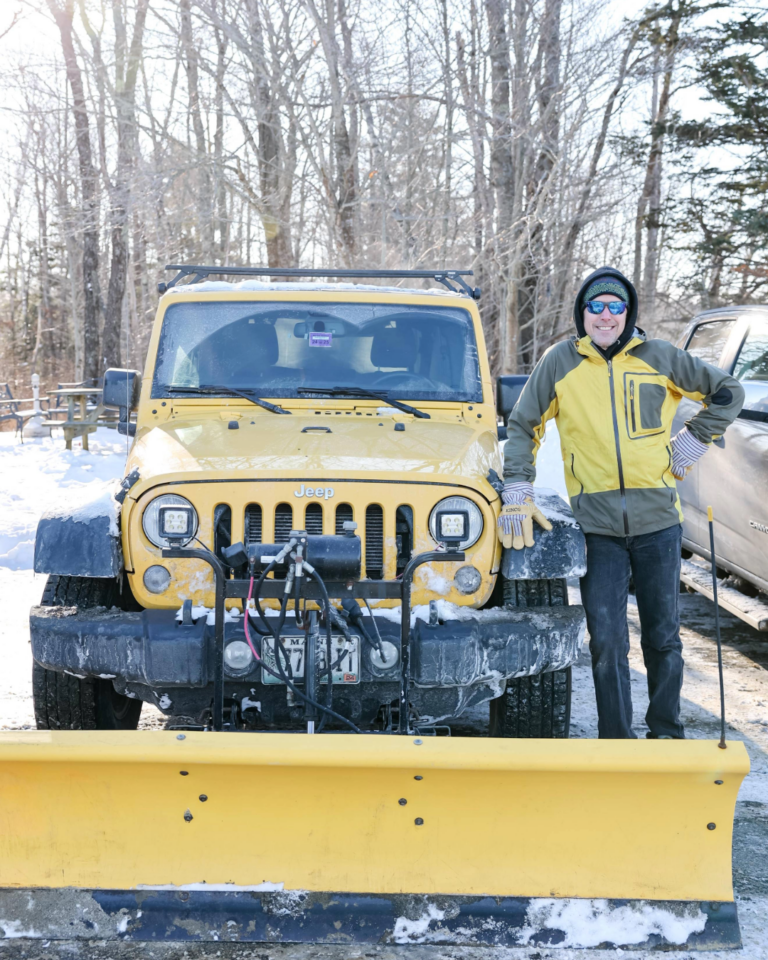
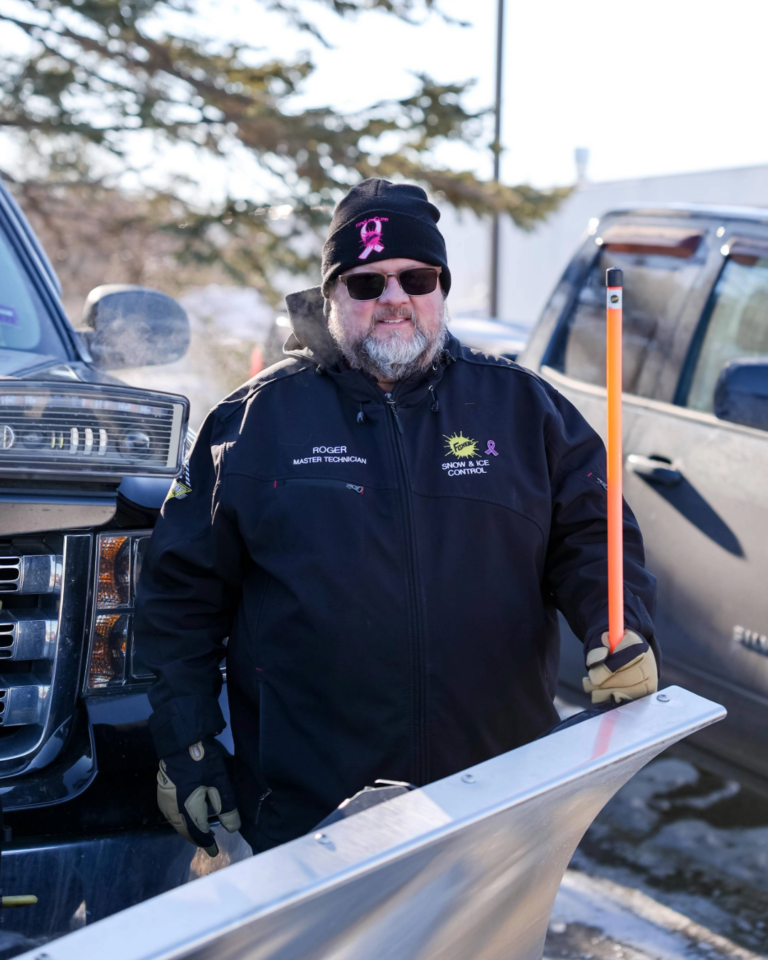
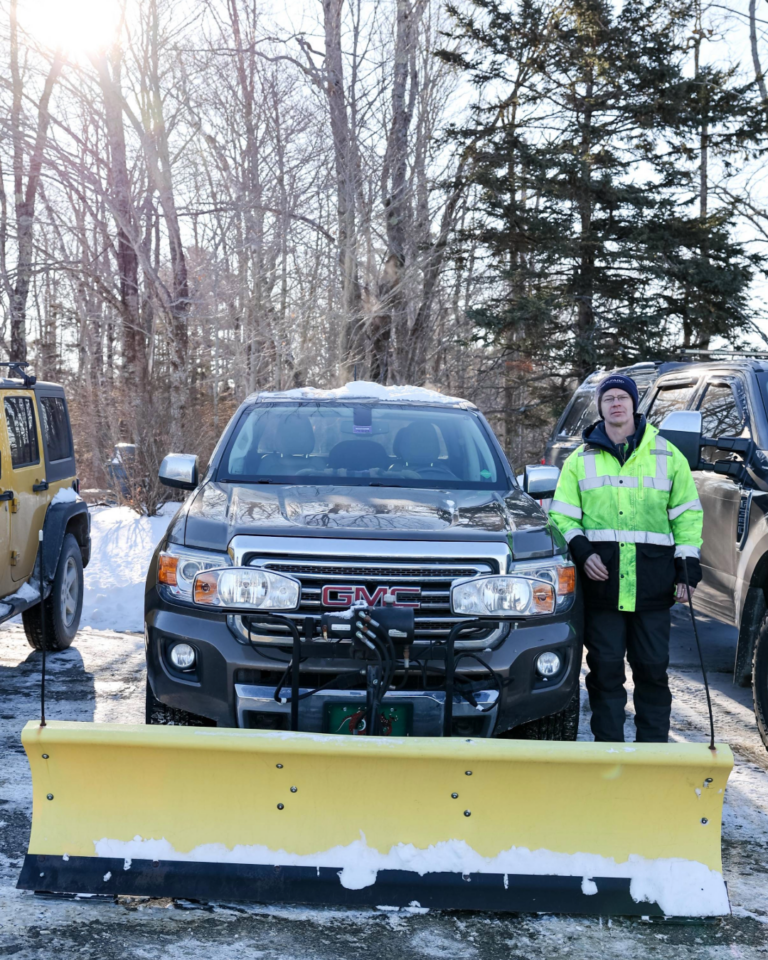
How a FISHER Plow is Made – In 5 Steps [VIDEO]
Created January 27, 2025
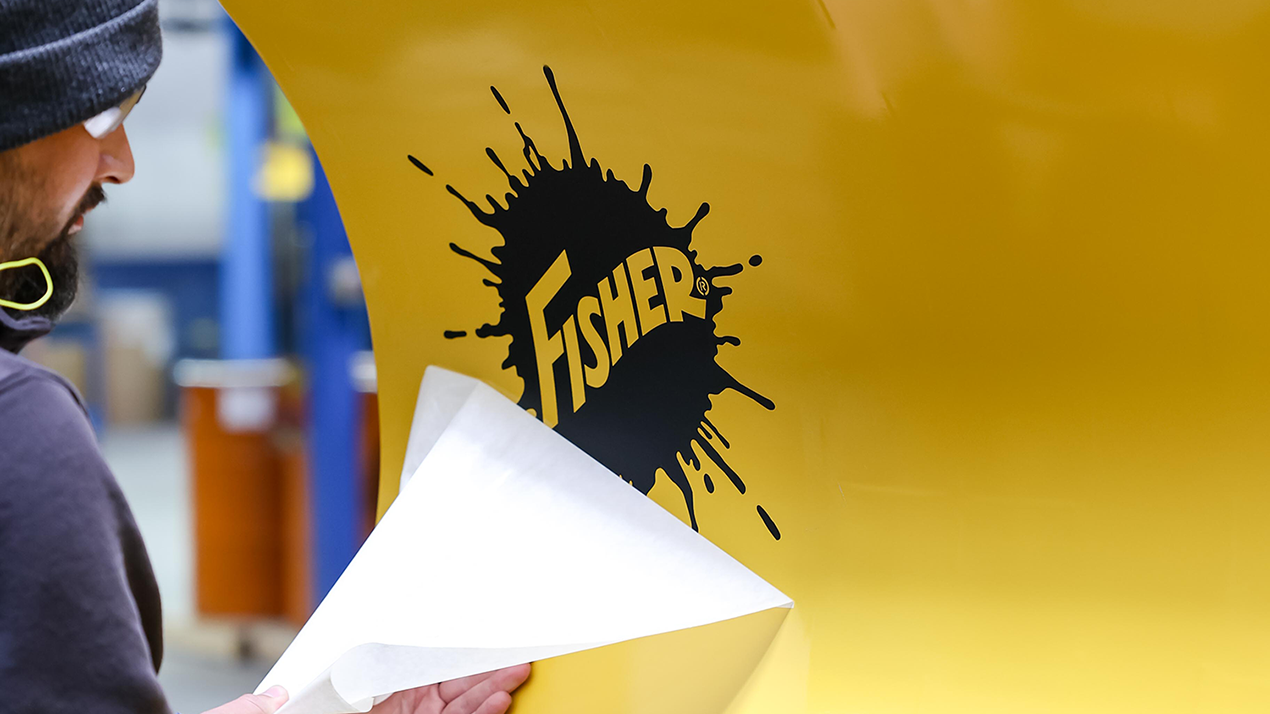
There are countless hours spent finding the perfect manufacturing process to develop a FISHER® plow blade, there is no way to cover every single step of the process in this short article. Our work is anything but simple and takes far beyond 5 steps. But here’s a peek into the process—from our crew to yours.
STEP 1: Laser Cut Components
We begin the process of making a FISHER plow by laser-cutting components from sheets of steel. We use steel of several different types and thicknesses, each carefully selected to meet the needs of each part of the plow. From the polished 14 GA 201 stainless for the moldboard of the HDX to the ½” Grade 65 mild steel for the angle rams on a 10.5’ XV2, each piece is carefully cut from the correct material. Each piece is then nested on the sheet by one of our profiling specialists using advanced software to ensure maximum efficiency. With this process, we can limit any wasted steel and maximize the number of components we cut at a time. Once components are done being cut, they are taken out of the steel skeleton and organized on a cart to be moved to the next stage of the process. The skeletons and other left-over steel are set aside to be recycled by one of our partners.
STEP 2: Manual & Robotic Welding
The next stage of the process involves putting all the pieces together to construct larger parts of the plow that will be ready for powder coating. These parts are placed into fixtures to ensure correct orientation and precise alignment. We utilize highly trained welders and state-of-the-art robots to weld the plow components.
STEP 3: Hydraulics Manufacturing
Fisher Engineering is proud to design and manufacture our own hydraulics to ensure the highest standards of performance, quality, and durability—giving you a plow that is fast, responsive, and built to last. The hydraulics is what allows plow drivers to change the blade position quickly and easily for efficient plowing.
STEP 4: Prime & Powder Coating
Before the plow is officially completed each piece goes through our powder coat process. Fisher Engineering offers the industry’s best protection against wear and rust. The process begins by blasting the steel to clear away any debris or imperfections. Next, the plow goes through a chemical wash to clean and prepare its surface. This is followed by the application of a primer coat which is baked onto the plow, and then by a top coat which is baked on over the primer. This protects your plow from the elements and fights rust and other wear. The STORM GUARD™ baked-on powder coat with epoxy primer is standard on all FISHER snow plows.
STEP 5: Blade Assembly & Decal Application
The final step is to assemble the blade and add the FISHER decal. Each blade assembly is unique and follows its own carefully documented process. Everything from springs to base angles to cutting edges must be installed in just the right way, often using custom-built tools and devices. Once put together, each blade is carefully packaged up to be ready for shipment.
THE BEST STEP: Distribution
Our favorite part is shipping out the blades to our dealers. Find a dealer near you!
How to Improve Your Plowing Game with a Plan
Created January 18, 2023
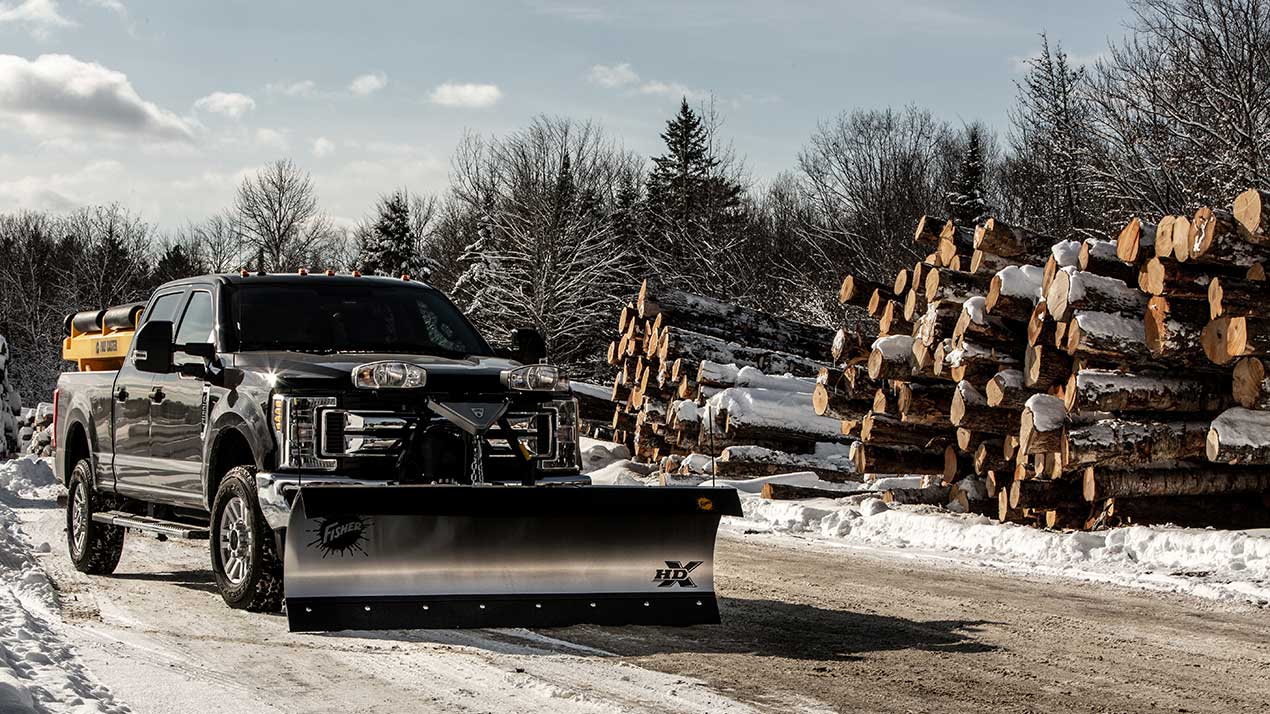
The first step to prepare for plowing season is securing a full schedule of properties. Keep route optimization in mind when bidding and choose service locations near each other to gain efficiencies and maximize time.
Do your research on market price for similar services in your area to remain competitive. This will help when determining contract types and pricing. There are free tools out there to help estimate adequately for different snow and ice removal services.
Preseason Property Walkthrough & Preparation
Once contracts are locked in, visit the site again in person to do a preseason walkthrough. Take notes and photos of any sensitive spots, obstacles, curbs, pre-existing damage, and other challenging areas.
Aspects to plan out with the site owner or manager:
- Where they want snow piled and stored – Watch out for drainage spots.
- How much are they okay with having pile up – Hauling away snow is usually an additional service that may require additional vehicles or equipment.
- Areas that would need special attention.
- How they want the property staked or areas to watch out for.
- Where to store larger equipment, if necessary.
Insider Tip: Talk to property owners about leaving a camera on site to monitor property conditions throughout a storm. Knowing the status of the lot can help you determine what equipment to bring or if you even need to make the trip.
Finding the Right Tools for the Job
Plan how you will attack the property with equipment from largest to smallest. For a large, open lot, a pusher plow will allow you to move large amounts of snow at a time. Then, be prepared with a straight blade, v-plow, or winged blade with a spreader on the back. Having a mix of equipment and vehicle types allow contractors to clear properties as efficiently as possible. Larger equipment clears snow as quick as possible while small, versatile equipment is needed to maneuver around obstacles and do the final cleanup.
Insider Tip: If you have large equipment that is needed for multiple lots, storing this at a central site will save time and money when the pressure is on.
In addition, be prepared to clear walkways and sidewalks with walk-behind equipment and UTV attachments. A UTV is a powerful piece of equipment that quickly clears walkways and cleans up hard-to-reach areas that a truck may miss.
Have a plan B for when things don’t go perfectly —It will most likely be the plan you end up using.
Weather Plays a Huge Role
Weather conditions are constantly changing, and contractors need to be able to easily adapt in a moments notice. Having a plan in place for each type of storm and knowing how you will react to the varying conditions will be important.
Track weather patterns and storms throughout the day and night so you can determine when a plan needs to shift. Know what equipment you need depending on rain, sleet, snow, and anything in between. If you have more ice and sleet, you will want to be prepared with more salt and sander trucks and may want to pre-treat prior to the storm. If there is more snow you will want to be prepared with additional plows.
Surprises Will Arise
There are tons of variables in the plowing game. No matter your experience level, there is always going to be a surprise. Be prepared with an emergency parts kit, safety equipment, tool kits, blankets, and more in the event of a breakdown. Having a flexible and plan-ahead type mindset will be critical because the only thing that’s predictable about winter is that it’s unpredictable.
Insider Tip: Build a good relationship with your nearest FISHER dealer that has 24/7 service because you never know when you might need help. Some things you just can’t plan for.
Go big with snow removal and get the equipment that’s going to get the job done all season long. The award-winning STORM BOXX™ pusher plows with TRACE edge technology move massive amounts of snow, so you can get more jobs done faster and better.
You may also be interested in these related articles:
Snow Plow Headlight Options Allow for Flexibility as You Grow
Created January 7, 2022
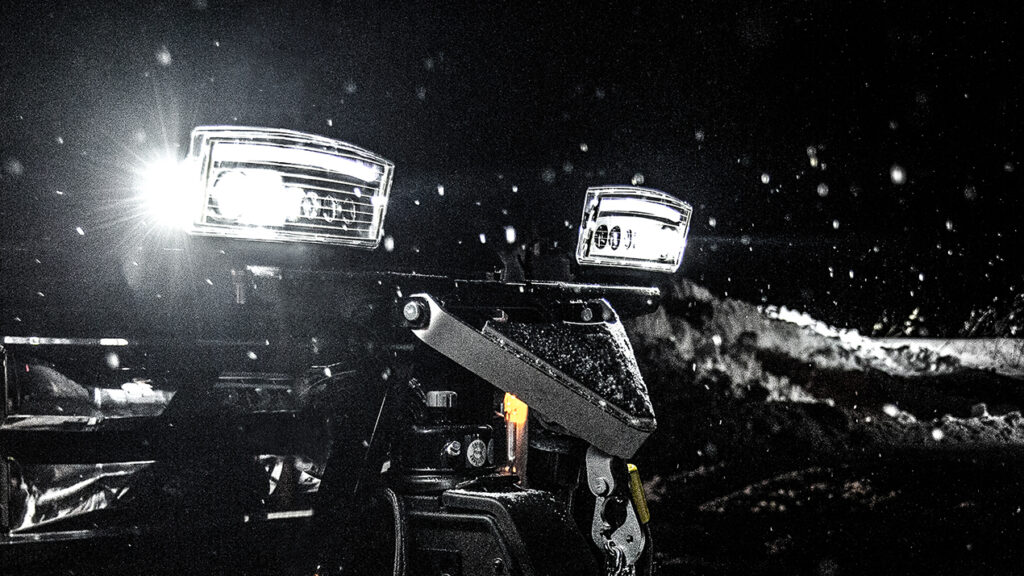
Choosing the right snowplow for your vehicle is a big decision. Moving the snow quickly and efficiently with a clean scrape is important – but you can’t do any of that if you can’t clearly see the surface in front of you. This is why the plow headlight system performance is a big factor in a snowplow decision.
Fisher Engineering realizes this and offers snow professionals a choice between halogen and industry-leading LED headlight systems.
INTENSIFIRE™ Dual-Halogen Headlights
The dual-halogen system provides great performance for those looking to maximize their budget. The FISHER® dual-halogen design provides brighter performance and greater reach than traditional halogen headlights, lasting an average of 1,500 hours before needing new bulbs. Low and high beam performance allows the operator to put light where it’s needed. The low-beam pattern puts light immediately in front of the plow, while the high-beam pattern throws light down the road to see road hazards.
For those operators who demand more visibility when working in the dark, the LED system provides unprecedented performance with premium features. The LED bulbs (diodes) provide up to two times the light output of a halogen bulb. By utilizing solid optics, light is placed exactly where it’s needed rather than relying on reflectors to aim the light. The patented EdgeView™ Technology found on the INTENSIFIRE LED system provides 180 degrees of light visibility, illuminating the plow from edge to edge. The forward-sloped lens is specially designed without a bezel to ensure it remains clean and free from ice buildup. This eliminates the need to leave to the truck cab to clear the headlights.
While it is required to make a decision on a lighting system when you purchase your plow, operator and fleet choice is important to Fisher Engineering. We understand that business needs can change as you grow and your account make-ups change. This is why it was important to ensure halogen equipped plows can be upgraded to the INTENSIFIRE LED System. There are two ways to accomplish an upgrade from the INTENSIFIRE Halogen System to the INTENSIFIRE LED System. Let’s go through how that works.
#1 Wire the Truck for the LED Lighting System
If you’re completing a new plow installation with the LED lighting system, you will need to purchase the following components:
- INTENSIFIRE LED Lighting System
- Headlamp conditioning module
- Y-Wire Harness
- Electrical appliances (as needed)
This will allow you to plug into any FISHER LED-enabled plow in your fleet with the Fleet Flex electrical system.
#2 Update a Truck (2008 or newer) for Compatibility With LED Lighting System
If you’re looking to upgrade a vehicle that’s previously been wired to work with a FISHER plow outfitted with the INTENSIFIRE Halogen Lighting System, you will need to purchase the following components:
- Headlamp conditioning module
- Y-Wire Harness
This allows you to convert a truck already wired to work with the halogen system to pull into an LED outfitted plow. The INTENSIFIRE LED system will work with model year 2008 trucks and newer. This method allows your trucks to work with any FISHER plow, LED or halogen, that has the Fleet Flex electrical system.
TIPS
- The Headlamp Conditioning Module is essential. It modulates the signal coming from the truck and delivers a consistent message to the LED headlight system. This allows the LED headlights to function as intended.
- If you have both LED and halogen lighting systems in your fleet, you have more efficiency if you dual wire your trucks. That will allow your truck fleet to work with any of your plows. This provide more flexibility with your truck fleet and gives you more options in case of disabled equipment.
- When you purchase a new plow, you have to buy a lighting system. If you think you might want LEDs at some point in the future, it might be worth it to spend more up front. Otherwise you will buy the halogen system, and then later have to invest in the LED system and conversion kit. In essence, purchasing two separate lighting systems.
- The INTENSIFIRE LED bulbs (diodes) are estimated to run for 50,000 hours – greatly reducing the need for headlight checks and eliminating the need for replacement bulbs.
Attach & Detach Your Chain Lift snowplow [VIDEO]
Created September 17, 2021
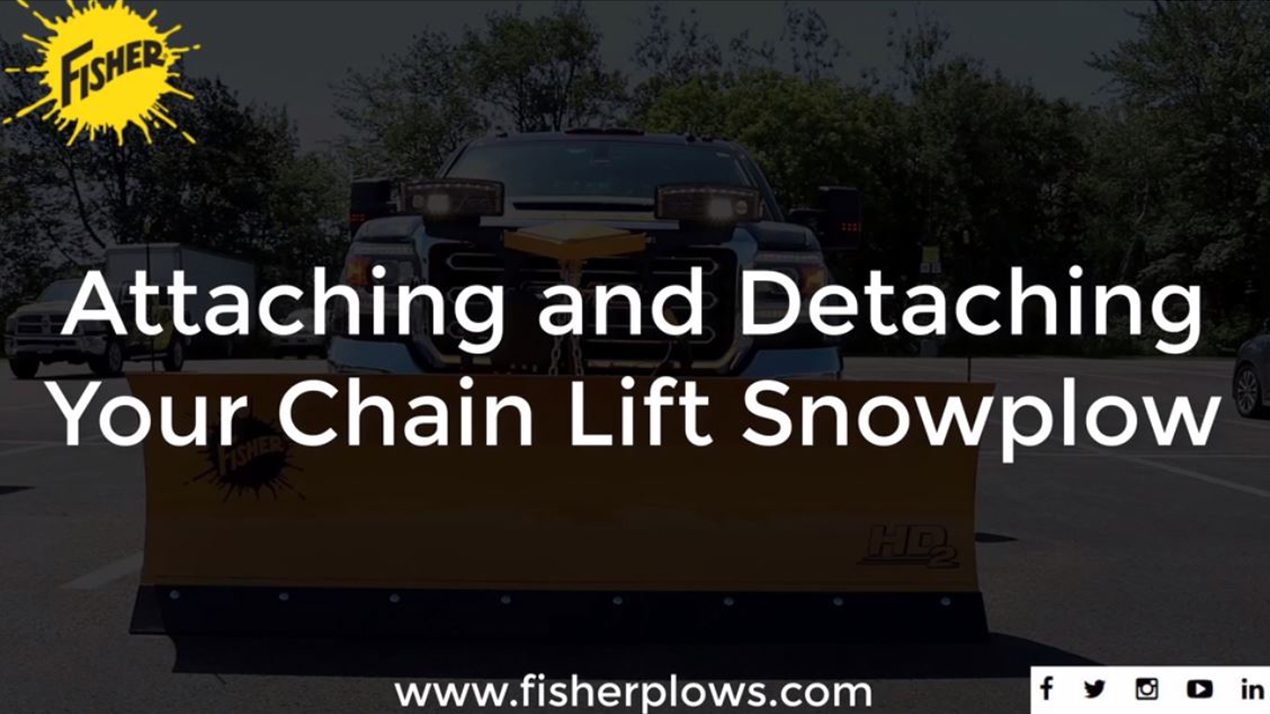
Learn how to attach and detach your chain lift snowplow.
Attach & Detach Your HS Snowplow [VIDEO]
Created September 14, 2021
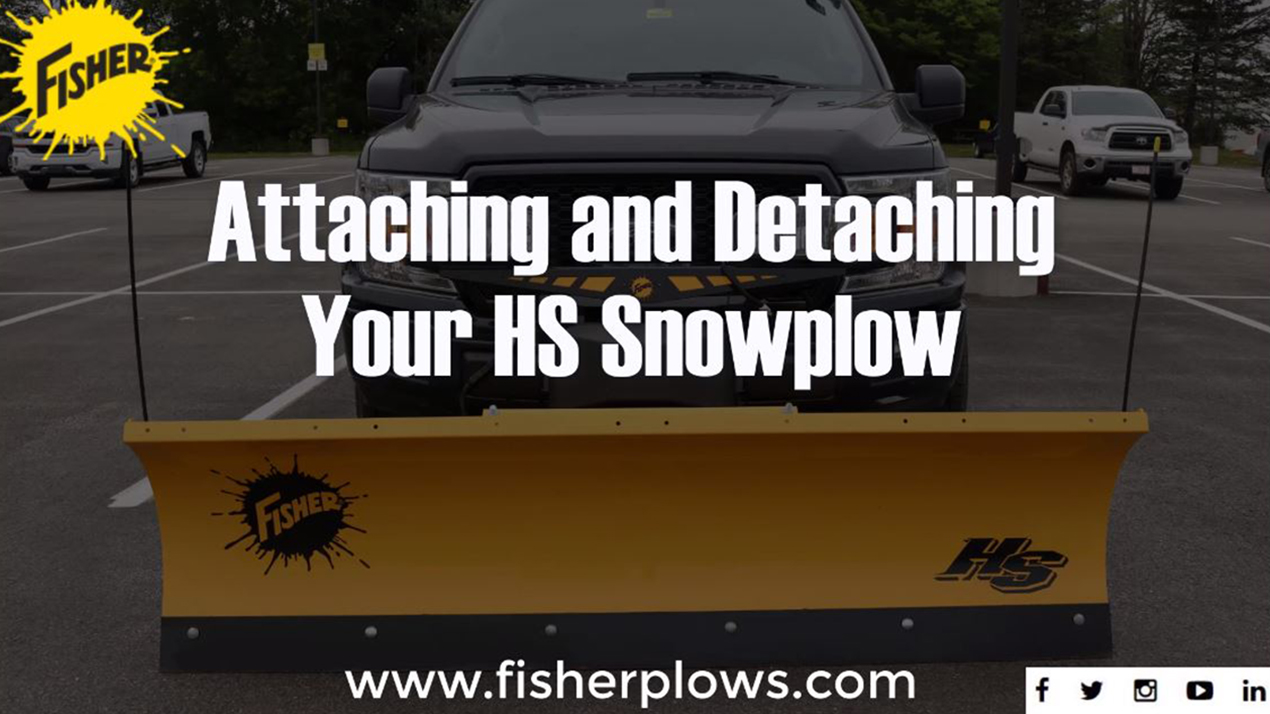
Learn how to attach and detach your HS snowplow.
Attach & Detach Your HT Series Snowplow [VIDEO]
Created September 13, 2021
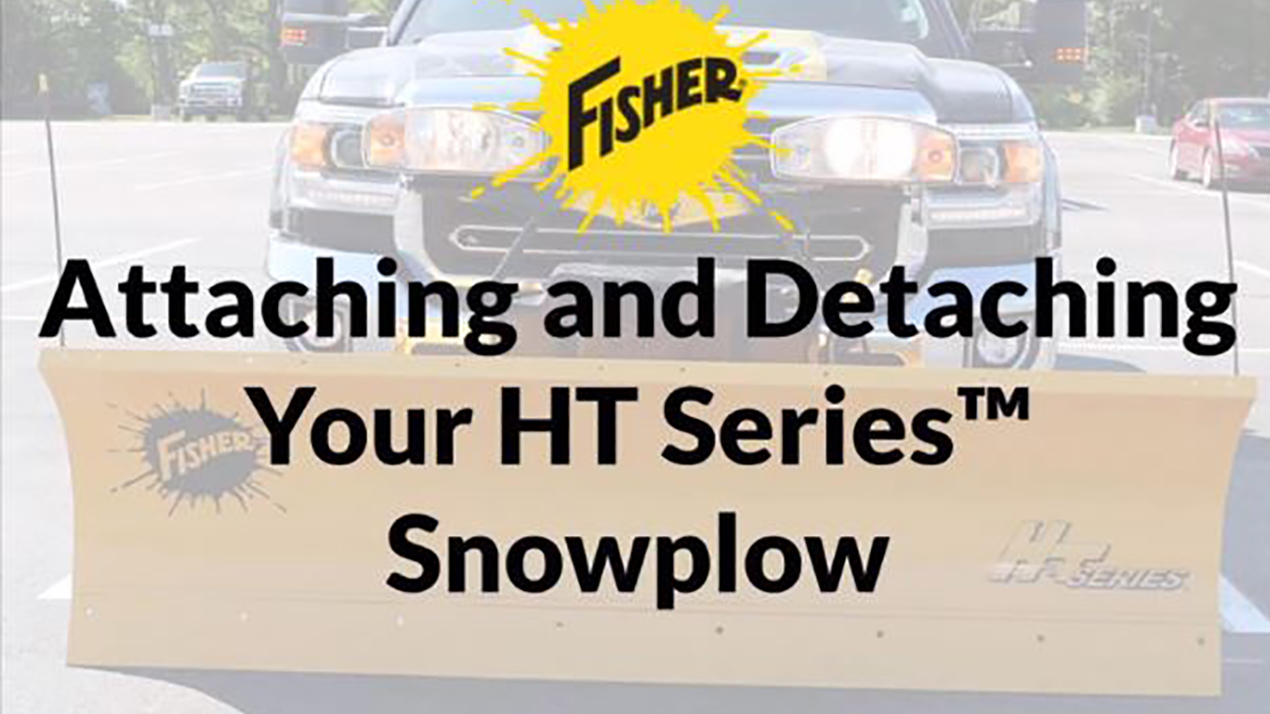
This video will show you how attach and detach your HT Series™ Snowplow.
Adjusting Your Snowplow Headlights [VIDEO]
Created September 6, 2021
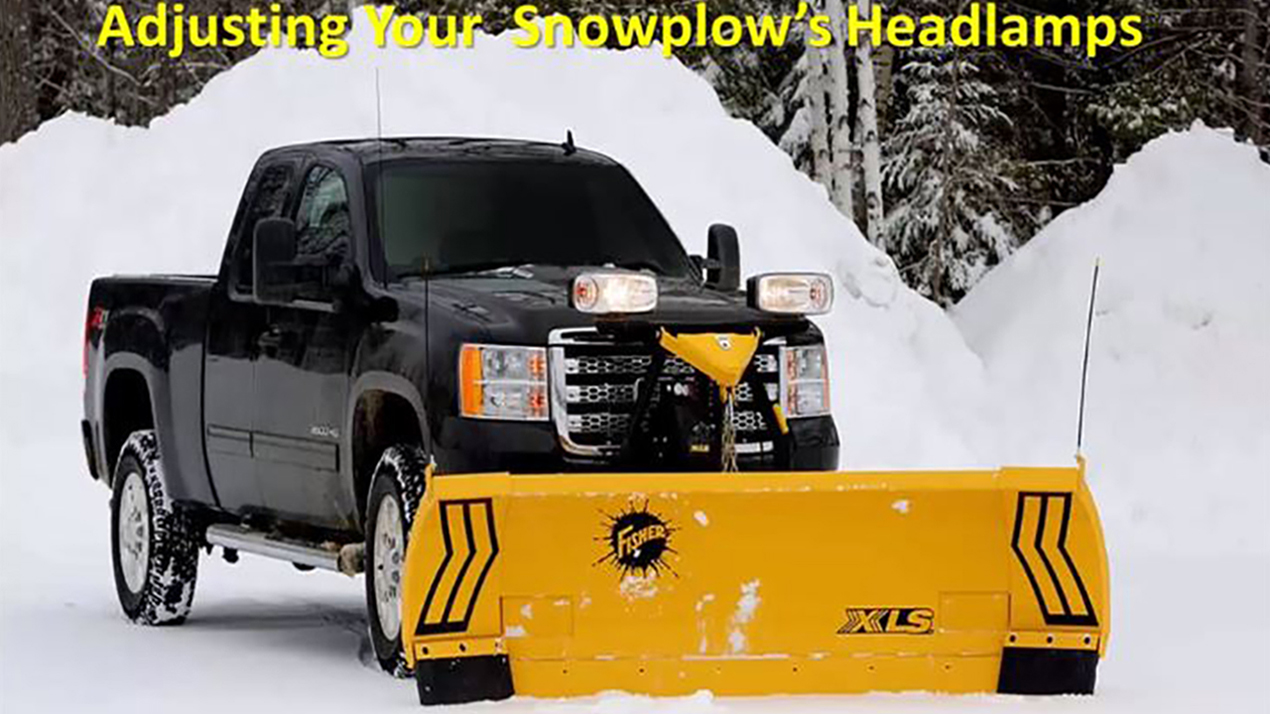
This video will demonstrate how to properly adjust the headlamp beam on your FISHER® snow plow.
FISHER Snowplow Transfer Guide [VIDEO]
Created August 31, 2021
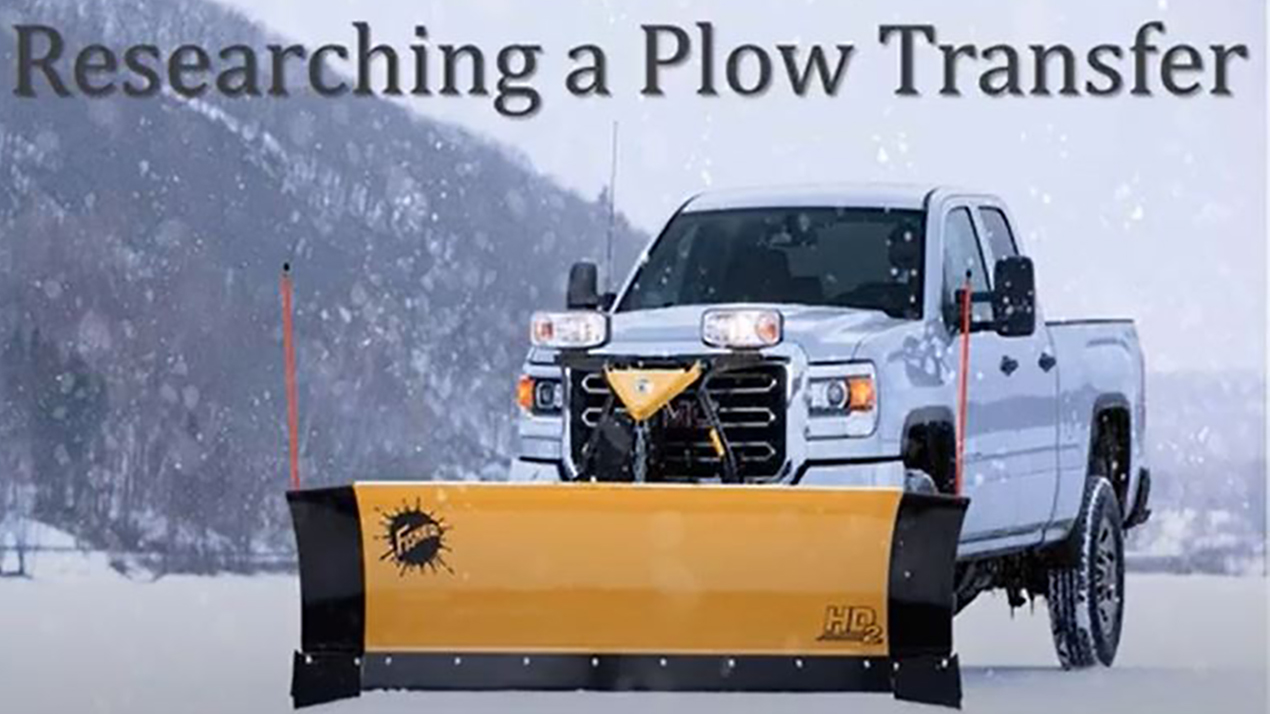
This video will cover a wide range of scenarios to assist with the most common plow transfer situations. Learn how to research a plow transfer using the FISHER® eMatch system, as well as the many resources available on the FISHER website.
Best Practices for Plowing During a Heavy Winter Storm
Created December 15, 2020
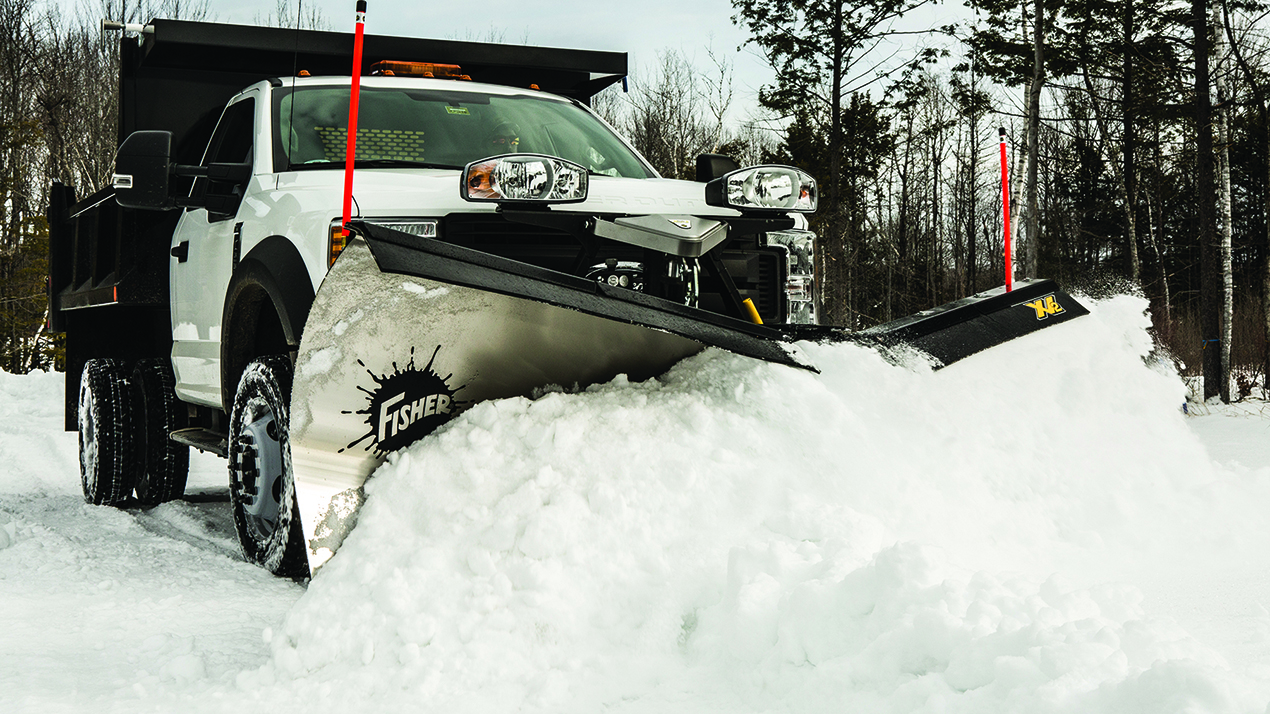
Snow removal can be a tough job even under ideal conditions. Whether you are new to snow plowing or not, when a heavy storm hits, the industry standard is to plow with the storm rather than after. Big winter storms bring deep snow which makes your job as a snow contractor more difficult. Productivity can diminish if the snow isn’t cleared multiple times during the storm. At a certain point, it becomes almost becoming impossible to clear snow efficiently and as a result wears out your equipment.
There is No Substitute for Proper Equipment Maintenance
In the days leading up to the next winter storm, make sure all snow and ice control equipment is ready to go. Thoroughly inspect your plow and/or spreader and perform all recommended maintenance to ensure the equipment is prepared for the storm ahead. Follow these tips for ongoing maintenance and pre-event checks.
Planning for the Snow Ahead
Handling a major snowstorm or blizzard all comes down to proper planning.
- During large nor’easters or lake effect snow, determine where the heaviest snow bands will setup and plan around those areas. Large snow events will require you to go out and plow several times throughout the storm to keep up with the accumulation.
- Determine the needs of your clients. Businesses that are open and receive heavy traffic even during winter storms will need attention first. You can prioritize these ahead of other accounts that are not as critical.
- When looking for an emergency location to pile snow in the event that stacking in prearranged spots becomes impossible, find somewhere that can easily drain when the snow and ice melts. Ideally, these spots should be identified with clients before the season starts. Safely stack the snow in order to maximize parking availability and allow easy access and maneuverability for regular business operations.
- Pre-treat areas using salt, brine, or other chemical applications appropriate for your geographic location. This helps to prevent snow and ice from forming a bond to the pavement.
Before you head out on the road, make sure you’re also physically prepared. Pack your emergency kits, top off your gas tank, and get a good night’s sleep. Remember the essentials like extra warm clothing, blankets, shovel, gloves, flashlight, water and healthy snacks like sunflower seeds or almonds.
Plowing Safety is Key to Efficient Operations
The safety of your clients and crew are held to a high standard, do the same for your equipment.
- During a snow state of emergency, follow your local government officials to stay up-to-date with all local snow emergency requirements.
- Plow often so the snow doesn’t sit too long. Idle snow can freeze up, especially if there is a layer of ice underneath and hard packed snow can be extremely difficult to plow.
- Lessen the amount of back and forth driving while plowing. Too much movement creates a layer of ice and can create rivets that will be difficult to remove.
- Clear off sidewalks and areas near buildings first. This allows you to plow this snow away from these areas, reducing the amount of piled up snow around entryways.
- Stay awake and alert while out plowing for long hours by lowering the temperature in your vehicle, changing the seat position, or chewing ice or gum.
- If you have the personnel to manage it, create a sleep plan to cycle workers in the field during long events. This will help to avoid accidents and successfully clear each property.
Always check with your local FISHER® dealer to determine if they are open during snow emergencies or provide any other services that may be helpful to you during a major snowstorm.
Go big with snow removal and get the equipment that’s going to get the job done all season long. The award-winning STORM BOXX™ pusher plows with TRACE edge technology are designed for the big storms, moving massive amounts of snow, so you can get more jobs done faster and better.
